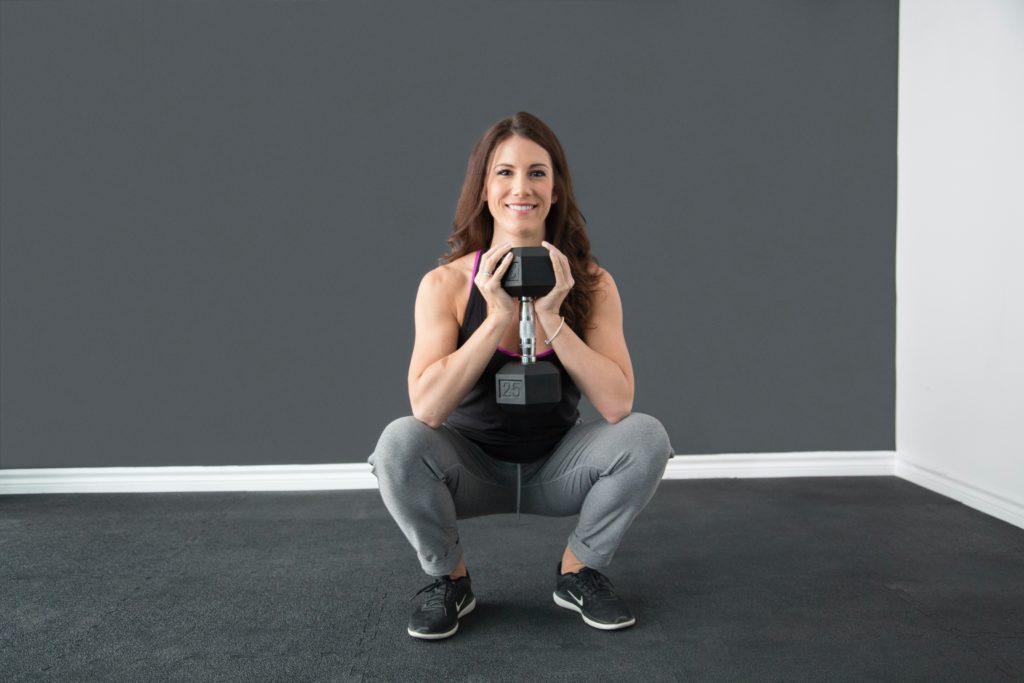
Rehabilitation is defined as the process of restoring something that has been damaged to its former condition. Recovering from joint replacement surgery involves intensive rehabilitation to attain full recovery. In recent years, however, the concept of rehabilitation “before” surgery or “prehabilitation” has been encouraged by most physical therapists and other rehab professionals as an opportunity to expedite the post operative rehabilitation process.
A recent study revealed that strength training before a surgical procedure can counteract muscle wasting associated with bed rest and limited mobility after a procedure. Two systematic reviews revealed that “prehab” exercise decreased pain and complication after the surgery and improved rehabilitation following the procedure. The studies also noted that individuals rehabilitated and attained goals faster, saving time and money. Due to these findings it is our opinion that prehab is an essential part of a comprehensive rehabilitation program for total knee (TKR) or total hip replacement (THR) surgery.
Therefore, it is important to plan ahead and discuss the best “prehab” program for you with your orthopedic surgeon and physical therapist.
“Prehabilitation” enables individuals preparing for a total joint replacement to maintain or improve range of motion, strength, and endurance prior to going for a surgical procedure. We recommend doing at least 4-6 of these exercises 2 times a day to help improve the conditioning of the body prior to surgery and the overall recovery and rehabilitation process following. When completing these exercises, it is important that the movements are symptom and pain free. Should you experience any pain or discomfort with an exercise, you should not continue to perform that exercise. The goal of “prehabilitation” is to prepare the body for your surgical procedure and improve the outcomes and success of the surgery, not further injure or hurt yourself in the process. Therefore, you may not be able to complete all the exercises listed, which is okay, just do your best and what you can! In conclusion, performing exercises prior to having a total joint replacement can enhance your recovery and post-op rehabilitation, so put your best foot forward and take the right steps toward a better total joint replacement with “prehabilitation!”
More Information: For a complete list of these exercises, visit our website at www.mackareyphysicaltherapy.com or call to see how Mackarey Physical Therapy can help you!
Guest Authors: Paul Mackarey, Jr, PT, DPT, clinic director at Mackarey & Mackarey Physical Therapy and Andrea Molitoris, PT, DPT, associate at Mackarey & Mackarey Physical Therapy.

Read Dr. Mackarey’s Health & Exercise Forum – Every Monday
This article is not intended as a substitute for medical treatment. If you have questions related to your medical condition, please contact your family physician. For further inquires related to this topic email: drpmackarey@msn.com
Paul J. Mackarey PT, DHSc, OCS is a Doctor in Health Sciences specializing in orthopaedic and sports physical therapy. Dr. Mackarey is in private practice and is an associate professor of clinical medicine at GCSOM.